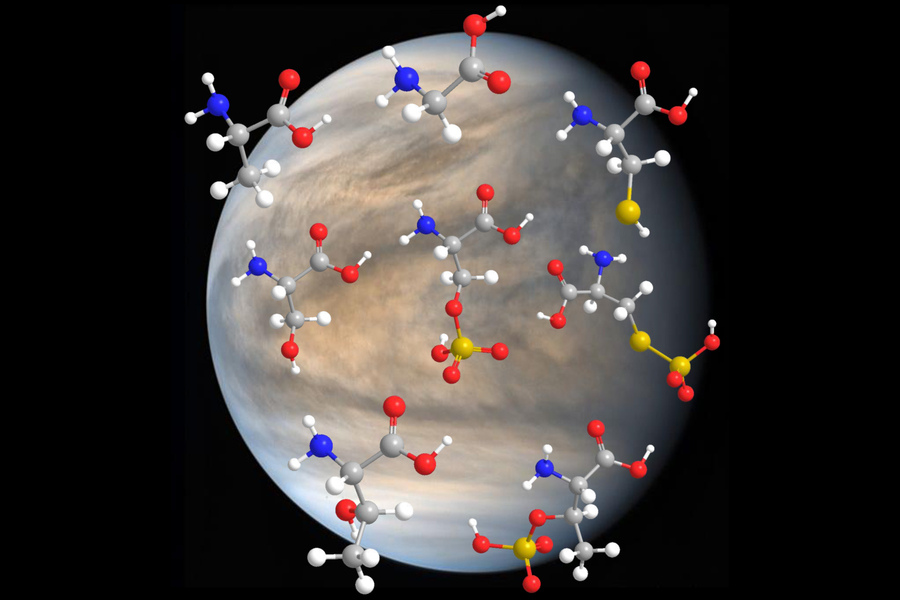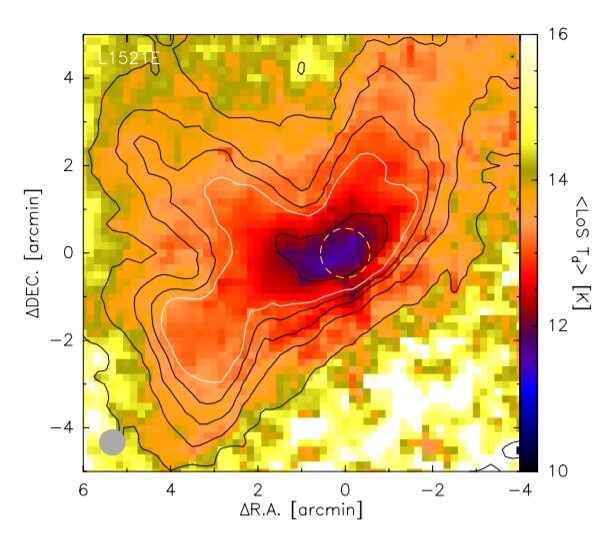
Credits:Credit: JAXA/J. J. Petkowski
If there is life in the solar system beyond Earth, it might be found in the clouds of Venus. In contrast to the planet’s blisteringly inhospitable surface, Venus’ cloud layer, which extends from 30 to 40 miles above the surface, hosts milder temperatures that could support some extreme forms of life.
If it’s out there, scientists have assumed that any Venusian cloud inhabitant would look very different from life forms on Earth...
Read More







Recent Comments